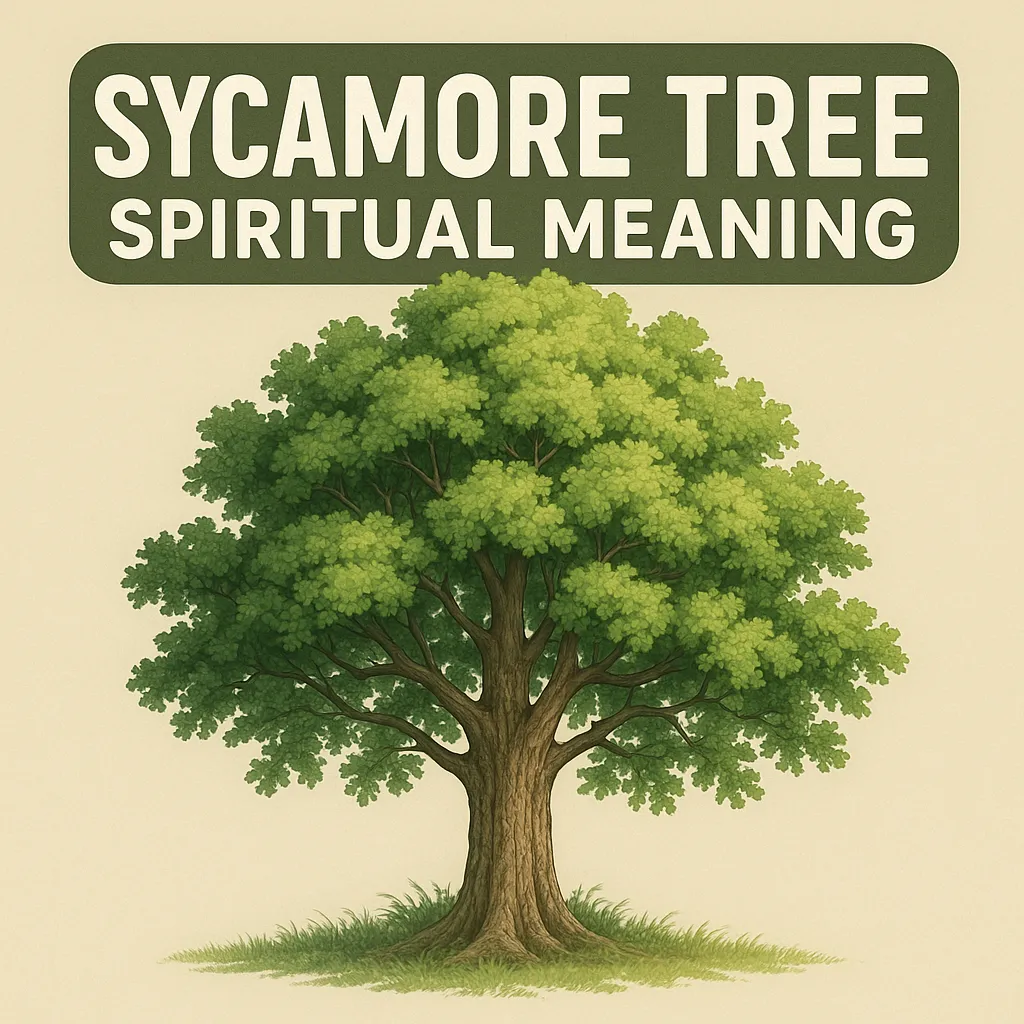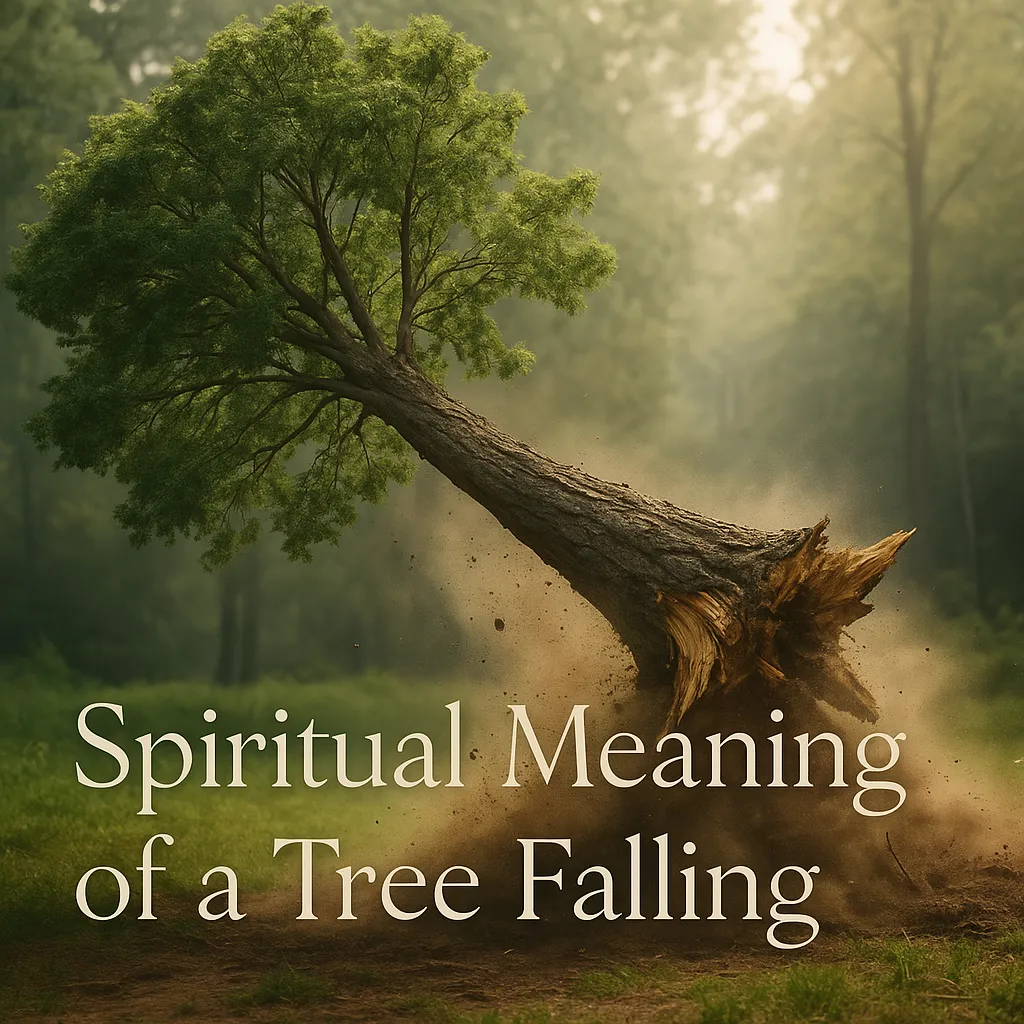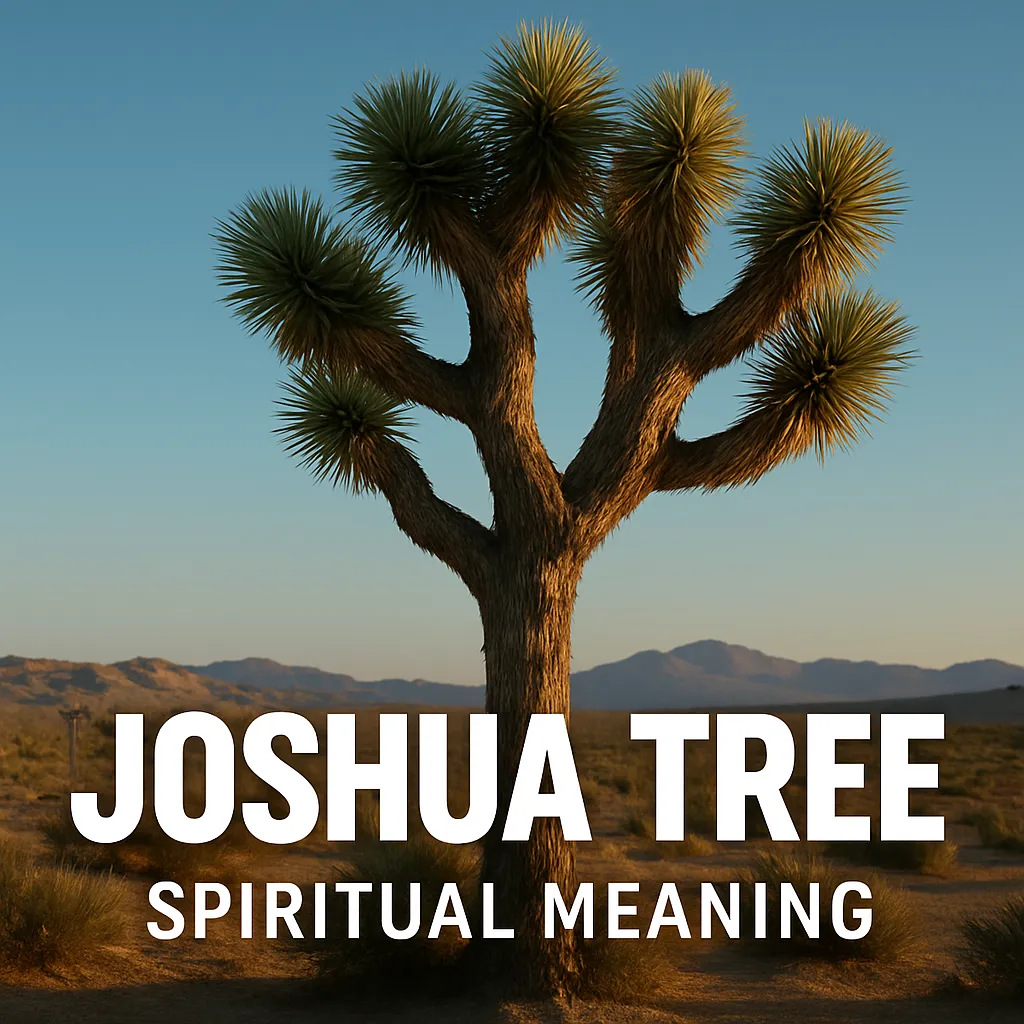Symbolism for anxiety delves into the profound realm of emotions, offering unique perspectives and relief strategies for those struggling with this mental health condition. Through various forms of art, language, and personal experiences, symbolism can provide a visual and metaphorical representation of the complex nature of anxiety.
Table of Contents
- 1 Exploring Symbolism in Anxiety Through Art and Personal Experiences
- 2 Linguistic Imagery: Symbolizing Anxiety in Relationships
- 3 Common Symbols of Anxiety
- 4 Symbolism for Anxiety in Different Cultures
- 5 Symbolism for Anxiety: Insights from Artists and Experts
- 6 Symbolism and Empathy: Understanding Anxiety for Those Without Experience
- 7 Conclusion
- 8 Source Links
Key Takeaways:
- Anxiety symbolism is explored through various mediums, including art, language, and personal experiences.
- Artists like Stevie Tierney use symbolism in their work to convey the raw emotions associated with anxiety.
- Linguistic imagery, such as metaphors, can be used to communicate different experiences of anxiety in relationships.
- Understanding anxiety through symbolism helps individuals without anxiety gain insight into the challenges faced by anxiety sufferers.
- Anxiety serves as an alert system, but it can become overwhelming and interfere with daily life.
By exploring symbolism for anxiety, individuals can gain a deeper understanding of this mental health condition and find solace in the visual and metaphorical representations offered by various artistic expressions and linguistic imagery.
Exploring Symbolism in Anxiety Through Art and Personal Experiences
Symbolism in anxiety can be explored through different forms of art and personal experiences, offering a powerful way to capture the complex emotions associated with this mental health condition. Artists, such as Stevie Tierney, use their artwork to depict the struggles and experiences of anxiety, providing a visual representation that goes beyond words. In a featured article from Conversations Magazine, Tierney explains her process of creating a series of paintings that depict mental health illnesses, including anxiety. Each piece holds symbolic meaning, aiming to evoke raw emotion and provide a visual representation of what it feels like to live with anxiety.
One of the ways artists express symbolism in anxiety is through the use of colors, shapes, and textures. Tierney’s paintings, for example, feature dark and chaotic strokes, representing the overwhelming nature of anxiety. The artist’s use of symbolism through color choice, such as deep blues and greys, conveys the feelings of uncertainty, fear, and isolation that often accompany anxiety. By using art as a medium, symbolism can capture the intensity and complexity of anxiety in a way that words alone cannot.
Beyond art, personal experiences also provide valuable insights into symbolism and anxiety. Many individuals who experience anxiety find solace in exploring their own emotions and expressing them through various creative outlets. Writing, journaling, and poetry are common forms of personal expression that allow individuals to convey the symbolism of their anxiety. Through metaphors, imagery, and symbolism, individuals can describe the turmoil, restlessness, and unease that anxiety brings.
Exploring Symbolism in Anxiety: Quotes from Artists
“Art provides a safe space for me to explore and express my anxiety. The symbolism in my paintings allows me to convey the depth and intensity of these emotions. It’s a way for me to communicate what words fail to capture.” – Stevie Tierney, artist
In addition to art and personal experiences, exploring symbolism in anxiety can also involve examining other creative forms like literature, film, and music. These mediums use symbolism to depict the inner struggles and battles faced by those living with anxiety. By immersing ourselves in these artistic expressions, we can gain a deeper understanding of the symbolism associated with anxiety and the powerful impact it has on individuals.
Understanding the symbolism in anxiety is crucial to developing empathy and support for those who experience this mental health condition. By exploring the various forms of art, personal experiences, and creative expressions, we can gain insight into the complex emotions and challenges faced by anxiety sufferers. Symbolism offers a unique lens through which we can understand anxiety, fostering empathy, and promoting a supportive environment for those living with this condition.
| Forms of Art | Personal Experiences | Creative Outlets |
|---|---|---|
| Paintings | Writing | Journaling |
| Literature | Poetry | Music |
| Film |
Linguistic Imagery: Symbolizing Anxiety in Relationships
Symbolism for anxiety extends to relationships, where linguistic imagery and metaphors can be used to symbolize the experiences and challenges faced by individuals with anxiety. Metaphors provide a powerful tool for expressing the intricate emotions and sensations associated with anxiety, allowing others to gain a deeper understanding of the internal struggles faced by those with this mental health condition.
In a conversation with Conversations Magazine, artist Stevie Tierney explains how she uses metaphorical language to convey the essence of anxiety in her artwork. She describes the feeling of anxiety as “walking on thin ice,” a metaphor that captures the fragility and vulnerability experienced when living with anxiety. Her paintings, filled with dark colors and chaotic brushstrokes, further symbolize the turbulence and inner turmoil associated with anxiety.
“I use art as a way to express what I cannot put into words. By using symbolism and metaphorical language, I hope to create a visual representation of anxiety that others can relate to and find solace in,” says Tierney.
By using linguistic imagery, individuals without anxiety can gain insight into the challenges faced by anxiety sufferers, fostering empathy and support. Metaphors such as “walking down a dark and scary alley,” “swimming in the ocean with no land in sight,” and “trying to memorize conversations in a crowded restaurant” help to illustrate the dread, uncertainty, and racing thoughts associated with anxiety. These metaphors bridge the gap between personal experiences and the understanding of others, facilitating a more compassionate and empathetic environment for those living with anxiety.
Understanding the symbolism for anxiety in relationships is crucial for creating meaningful connections and support systems. By exploring linguistic imagery and metaphors, individuals can gain a deeper appreciation for the experiences of those with anxiety, fostering empathy, understanding, and a greater sense of community.
Table: Examples of Linguistic Imagery for Anxiety
| Linguistic Imagery | Symbolic Meaning |
|---|---|
| “Walking on thin ice” | Fragility and vulnerability |
| “Swimming in the ocean with no land in sight” | Dread and uncertainty |
| “Trying to memorize conversations in a crowded restaurant” | Racing thoughts and overwhelming stimulation |
Common Symbols of Anxiety
Symbolic representations of anxiety can be found in various objects or situations, such as change and uncertainty, trapped spaces, turbulent waters, dark clouds or shadows, mazes or labyrinths, and broken or fractured objects. These symbols offer insight into the complex emotions and experiences associated with anxiety.
Change and uncertainty, for example, can symbolize the unpredictability and fear that often accompany anxiety. The fear of the unknown can manifest in symbolic representations of doors closing or opening, paths diverging, or clocks ticking. These symbols serve to convey the sense of unease and apprehension that individuals with anxiety may feel when faced with change or uncertainty.
Trapped spaces, such as small rooms, crowded places, or enclosed environments, can symbolize the feeling of suffocation and the overwhelming sense of being trapped that often accompanies anxiety. These symbols represent the struggle to break free from the confines of anxiety and the desire to find a sense of safety and relief.
| Symbol | Meaning |
|---|---|
| Turbulent Waters | Symbolizes the overwhelming and chaotic nature of anxiety, as well as the feeling of being swept away by intense emotions. |
| Dark Clouds or Shadows | Symbolize the presence of negative thoughts and emotions that can overshadow one’s mindset. |
| Mazes or Labyrinths | Represent the intricate and confusing nature of anxiety, as well as the difficulty in finding a way out or seeking resolution. |
| Broken or Fractured Objects | Symbolize the sense of brokenness and vulnerability that anxiety can bring, as well as the potential for healing and growth. |
These symbols provide a visual representation of the internal struggles faced by individuals with anxiety. They offer a way to communicate and understand the complexity of anxiety, allowing for empathy and support from those who may not experience it themselves. By recognizing the symbolic meanings behind these objects and situations, we can gain a deeper understanding of the challenges faced by individuals living with anxiety.
Symbolism for Anxiety in Different Cultures
Anxiety is symbolized in unique ways across different cultures, with Eastern, Western, and indigenous or tribal symbolisms offering distinct perspectives on this mental health condition. In Eastern cultures, symbols such as the yin-yang symbol and the lotus flower are often associated with anxiety. The yin-yang symbol represents the balance of opposing forces, highlighting the complex nature of anxiety as a combination of both positive and negative energies. The lotus flower, on the other hand, symbolizes purity and enlightenment, suggesting the potential for growth and transformation amidst anxiety.
Eastern Symbolism:
- The yin-yang symbol represents the balance of opposing forces.
- The lotus flower symbolizes purity and enlightenment.
In Western cultures, symbols such as the labyrinth and the hourglass are frequently used to represent anxiety. The labyrinth symbolizes the journey through the twists and turns of the mind, reflecting the intricate and sometimes confusing nature of anxiety. The hourglass, with its limited amount of sand, signifies the passing of time and the pressure that anxiety can put on individuals to accomplish tasks within a specific timeframe.
Western Symbolism:
- The labyrinth represents the twists and turns of the mind.
- The hourglass symbolizes the passing of time and pressure.
Indigenous and tribal cultures also have unique symbolisms for anxiety. For example, in Native American culture, the thunderbird symbolizes anxiety as a powerful force that can both bring destruction and renewal. The thunderbird’s ability to create storms represents the turbulent and overwhelming emotions associated with anxiety. In African tribal cultures, the leopard is often used to symbolize anxiety, representing the stealthy and unpredictable nature of the condition.
Indigenous and Tribal Symbolisms:
- The thunderbird represents anxiety as a powerful force.
- The leopard symbolizes the stealthy and unpredictable nature of anxiety.
| Culture | Symbol |
|---|---|
| Eastern | Yin-yang symbol |
| Eastern | Lotus flower |
| Western | Labyrinth |
| Western | Hourglass |
| Indigenous/Tribal | Thunderbird |
| Indigenous/Tribal | Leopard |
Symbolism for Anxiety: Insights from Artists and Experts
Artists and experts in the field of symbolism offer valuable insights into the symbolic representation of anxiety, shedding light on the profound ways in which symbols can capture the essence of this mental health condition. Stevie Tierney, a renowned artist, shares her process of creating paintings that depict mental health illnesses, including anxiety. In an article featured in Conversations Magazine, Tierney explains how each piece holds symbolic meaning and aims to evoke raw emotion.
“The symbolism in my paintings allows me to visually communicate the complex emotions and experiences associated with anxiety,” says Tierney. “I use dark colors, tangled lines, and fragmented objects to represent the inner turmoil and sense of unease. Through these symbols, I hope to provide a visual representation of what it feels like to live with anxiety.”
The use of symbolism in art allows for a deeper understanding of anxiety, transcending language barriers and reaching directly into the viewer’s emotions. By using powerful symbols, artists like Tierney can create a universal language that resonates with individuals who have experienced anxiety firsthand or those seeking to learn more about the condition.
In addition to art, experts suggest that linguistic imagery can effectively capture the experiences of anxiety. Metaphors and symbols used in language can paint a vivid picture of what it feels like to live with anxiety. Walking down a dark and scary alley, swimming in the ocean with no land in sight, or trying to memorize conversations in a crowded restaurant are all metaphors that help illustrate the dread, uncertainty, and racing thoughts associated with anxiety.
| Symbol | Meaning |
|---|---|
| Turbulent waters | Representing the constant inner turmoil and restlessness |
| Confined spaces | Symbolizing the feeling of being trapped or suffocated by anxiety |
| Dark clouds or shadows | Indicating the presence of fear, uncertainty, and a looming sense of doom |
| Mazes or labyrinths | Representing the complexity and confusion that anxiety can create in one’s mind |
| Broken or fractured objects | Symbolic of the fragmented and disrupted internal state caused by anxiety |
Understanding the symbolism associated with anxiety is not only important for those who experience it but also for those who strive to support and empathize with anxiety sufferers. By using symbols and metaphors, individuals without anxiety can gain insights into the challenges faced by those with anxiety, fostering a greater understanding and compassion for this mental health condition.
Symbolism and Empathy: Understanding Anxiety for Those Without Experience
Symbolism plays a crucial role in fostering empathy and understanding for individuals without anxiety, allowing them to gain insight into the challenges faced by anxiety sufferers. Through the use of metaphors and symbolic representations, individuals can better grasp the complex emotions and experiences associated with this mental health condition.
In an article featured in Conversations Magazine, artist Stevie Tierney explains how she uses symbolism in her paintings to depict mental health illnesses, including anxiety. Each piece holds symbolic meaning, evoking raw emotions and offering a visual representation of what it feels like to live with anxiety. This artistic approach creates a bridge between personal experiences and external viewers, enabling them to empathize and connect on a deeper level.
Linguistic imagery is another powerful tool for symbolizing anxiety and communicating its impact on relationships. Metaphors such as walking down a dark and scary alley, swimming in the ocean with no land in sight, or trying to memorize conversations in a crowded restaurant, vividly convey the dread, uncertainty, and racing thoughts associated with anxiety. By using linguistic symbols, individuals without anxiety can gain a better understanding of the challenges faced by anxiety sufferers, promoting empathy and support.
Understanding anxiety is crucial not only for those personally affected but also for individuals who do not experience it firsthand. Anxiety serves as an alert system, but in modern society, it can become overwhelming and interfere with daily life. By utilizing symbolism, individuals without anxiety can gain important insights into the experiences and emotions of anxiety sufferers, fostering empathy and offering support in navigating the challenges posed by this mental health condition.
| Key Takeaways |
|---|
| – Symbolism plays a crucial role in fostering empathy and understanding for individuals without anxiety. |
| – Artists, such as Stevie Tierney, utilize symbolism in their work to provide a visual representation of anxiety. |
| – Linguistic imagery, through the use of metaphors, aids in communicating the experiences of anxiety in relationships. |
| – Understanding anxiety is important for individuals who do not experience it firsthand, promoting empathy and support. |
Conclusion
Symbolism for anxiety offers a profound and insightful way to understand and represent the complex emotions associated with this mental health condition, fostering empathy and support for individuals experiencing anxiety.
Understanding symbolism for anxiety can be explored through various forms of art, language, and personal experiences. In an article featured in Conversations Magazine, artist Stevie Tierney explains her process of creating a series of paintings depicting mental health illnesses and how each piece holds symbolic meaning. The symbolism in the paintings aims to evoke raw emotion and provide a visual representation of what it feels like to live with anxiety.
Additionally, a discussion on anxiety in relationships highlights the importance of using linguistic imagery to communicate different experiences of anxiety. Metaphors such as walking down a dark and scary alley, swimming in the ocean with no land in sight, and trying to memorize conversations in a crowded restaurant help to illustrate the dread, uncertainty, and racing thoughts associated with anxiety.
The text further emphasizes the significance of understanding anxiety for those who do not experience it. By using metaphors, individuals without anxiety can gain insight into the challenges faced by anxiety sufferers, allowing for more empathy and support. Anxiety serves as an alert system, but in modern society, it can become overwhelming and interfere with daily life.
Overall, understanding symbolism for anxiety involves utilizing various mediums and perspectives to depict the complex emotions and experiences associated with this mental health condition. Symbolism provides a language that transcends words and allows for a deeper understanding of anxiety, fostering empathy and support for those living with this condition.



